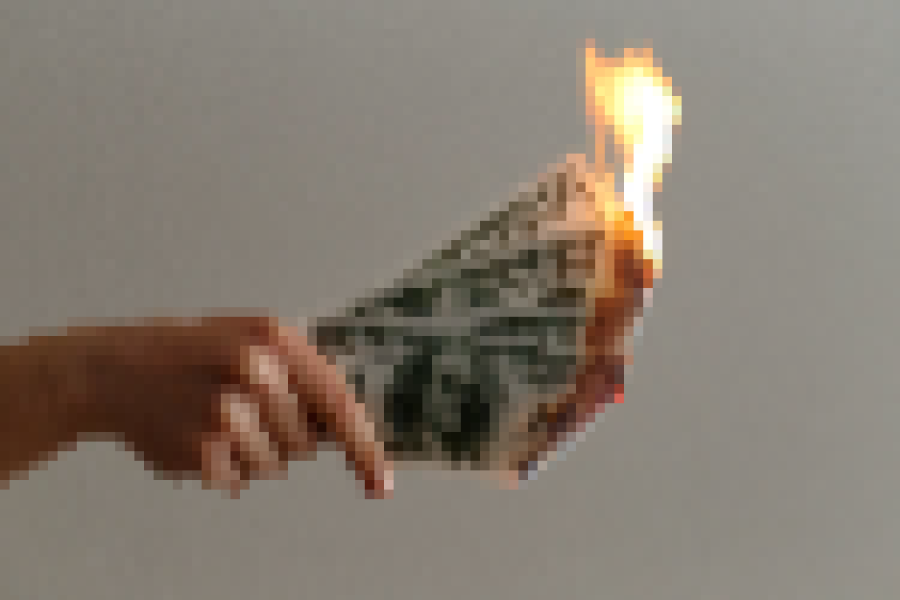OPINION: NFT’s: Newest Fads in Tech
Opinions expressed in the Op/Ed section of The Knight Crier are not necessarily reflective of the views of the entire staff of the KC.
Picasso, van Gogh, Michelangelo, Gargamel – one of these names stick out from the others. Three are well-respected artists throughout history, and one of them is a new-age, digital artist, churning out cartoon images of monkeys for hundreds of thousands of dollars. But what makes these images worth so much more than other forms of digital art in circulation?
The answer is the method of their distribution. Gargamel, one of the artists behind the collective Bored Ape Yacht Club, is known for distributing art through the newly-minted format of the NFT – or non-fungible token. Well, that doesn’t explain anything, though, does it? Take, for example, bitcoin. Bitcoin is fungible, as it is tradable for other, equal forms of digital currency. If you trade an NFT, for example, it is one-of-a-kind, and therefore the trade will never be equal, making it non-fungible.

However, if NFTs are often simple digital images, what actually gives them worth? Wouldn’t it be possible to right-click the image or video and save them, or record or screenshot them to save? Well, NFT technology embeds a sort of unique digital receipt, specific to the buyer, to the file itself. Without this embedded receipt, the file is worthless. NFT’s aren’t always art, however.
The prospect for NFT use can be seen with utilizations in tickets for airlines or concert venues, which require unique identification for each and every guest. Instead of scanning a QR code, you would show your individual NFT receipt to gain access.
However, with all of these perceived pros and utilizations, cons are just as or more often seen. An NFT image, for example, can be right-clicked and saved for free by someone who doesn’t care about owning the receipt, but simply wants to own the art. It’s like owning the original copy of an art piece in the museum and paying millions of dollars for it vs. buying an identical reproduction of it at HomeGoods for $30.
But NFTs made into art aren’t always unique, either. A platform built off of ensuring that original artists are able to receive payment for their work has devolved into one that steals art from other creators, often those who distribute their work for free, and use them for profit. Artists on platforms such as DeviantArt have been notified that their work has been used on NFT trading sites, and, at times, this has gotten so bad that the original free distributors of the art have had to shut down their original galleries to avoid any further piracy.

The copy protection technology built into NFTs cannot be secured, either. Quite frankly, no copy protection method can. All the way back in 2002, in the heyday of CDs, articles came out, including this one in New Scientist, stating that copy protection on CDs was “worthless”. The fact of the matter is that if people want something badly enough, especially in our digital sphere, they will do anything in their power – and often successfully so – to obtain it.
When scrolling through YouTube or TikTok, I’ve come across clips of podcasts featuring people flexing their NFT “portfolios”, leading me to wonder how they actually take these seriously. These so-called “investors” stating that they own “10 cryptopunks” or “8 million in NFTs” reads to me as, “Oh, yeah, I’m an intelligent investor; I own 10 links to JPEGs and 8 million dollars worth of basic copies of JPEGs”.
People have been quick to exploit the market for NFTs as well, as any bored middle-schooler on recess finding themselves on a pixel-art creator site can make themselves a piece of art worth thousands or millions in this current market.
What I believe NFTs will end up being is nothing more than a trinket, strings of code that collectors will see as necessary, expensive additions to their collections. While they could have real-world applications, I can’t see the technology becoming as secure or being taken as securely as people are saying it will.


